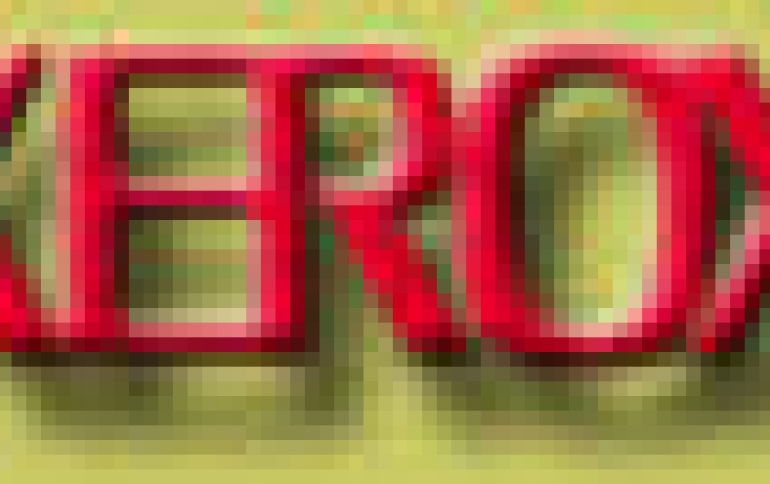
Xerox document imaging technology changes the way people communicate
Scientists at Xerox Research Centre Europe (XRCE) in Grenoble, France, have developed document imaging technology for mobile phones.
This will evolve them into portable document scanners and can, ultimately, turn mobile phones into document service devices. The software has been built upon innovations in improving document imaging with cameras.
Potential business applications of the technology are numerous, but in summary it could revolutionise the roles of employees working remotely in any vertical sector by enabling individuals to capture information and immediately transmit it e.g. from trade events, presentations, forums, client meetings, screens, whiteboards and other situations.
"We saw the potential of mobile telephones as a vehicle for advanced imaging technology from the outset," explains Chris Dance, senior scientist and image processing manager, XRCE. "However, we had to wait for mobile phone technology to catch up so that the cameras integrated on them were of a high enough resolution. It wasn't until this year, with the advent of mega-pixel mobile camera phones, that we saw a potential route to market for our technology."
Mobile document imaging software works through a four-step process. The first step is to capture the image which is immediately corrected for blurring in the second step. This is followed by conversion of the image to black and white, like a conventional printed image in step three. This involves the elimination of any shadows and reflections that it contains. For colour or handwritten text (e.g. on a typical whiteboard) colour saturation and white balance contrast techniques are applied. Finally, the image is compressed to up to a tenth of the size of a JPEG, the compression standard normally employed for mobile image transmission, which it makes possible to easily send and print the document image. The file can be sent by bluetooth, multimedia messaging (MMS) or facsimile. Once the image reaches a server or desktop PC where optical character recognition (OCR) can be applied, various types of services can be offered based upon the user needs.
"The ability to capture the image in a mobile environment, and then transmit that image whilst on-the-move is just the beginning," continues Dance. "Once this is achieved, then in the future we will be able to apply other Xerox document technologies such as indexing, retrieval or summarisation. Ultimately we will be applying business-to-business document functions to the basic consumer 'snapshot' technology and, in doing so, will have changed the way in which people communicate."
The technology is part of the licensing programme that Xerox has with its agent IPValue Management Inc. "We are currently engaged in a number of business discussions along the value chain for this technology," explains Mathieu Chuat, Xerox's European licensing director "from mobile phone manufacturers to vendors of other types of handheld devices, mobile carriers and application providers."
From iTWeb,/p>





















